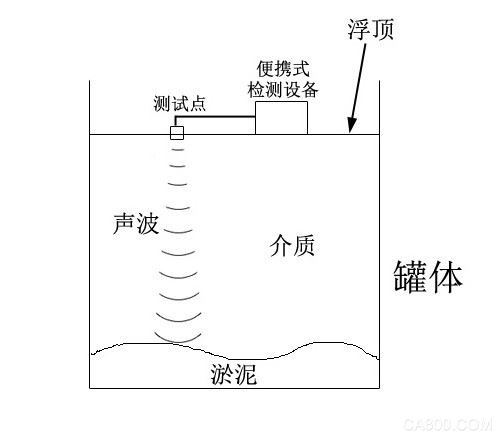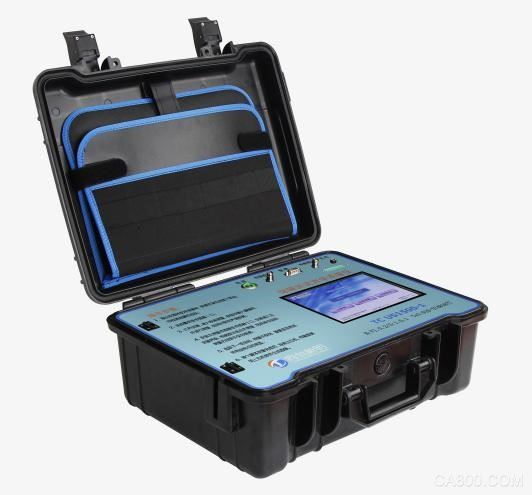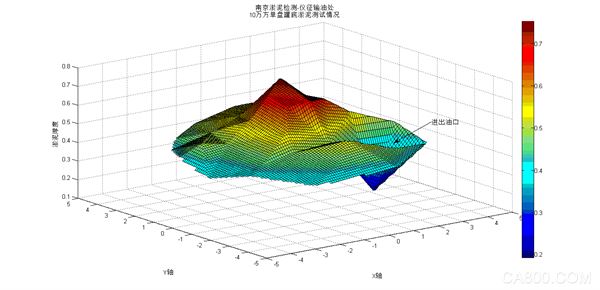Storage tank sedimentation ultrasonic imaging detection instrument
I. Project Background
Storage tanks are important equipment in the petroleum and petrochemical industry. After the oil storage tank is put into use, the bottom of the storage tank will accumulate sludge as time goes by. Currently, the domestic tank cleaning method is usually used to perform proper maintenance and maintenance of the storage tank. Because of the oil source and The quality is not stable and the impurities contained in the oil are quite different. Therefore, it is difficult to prepare for judging the bottom sediment of the tank. Although it is possible to use a dipstick to test the height of the sediment at the measuring point, it is impossible to accurately reflect the sediment distribution of the tank. The direct result is that the tank can only be cleaned periodically, even if the sediment does not affect the normal use of the tank. In the daily use process, for the sake of safe operation, the tank pontoon can only land to a set safe height, which affects the efficiency of the tank.
If we can get an accurate distribution of bottom deposits through external inspection without destroying the existing tank structure, not only can we improve the operational efficiency of the tanks, but also provide more accurate and clear data for clear tanks. It will have important reference value for clearing operations.
Second, technical overview
The instrument is implemented using ultrasound imaging technology. The most common application of ultrasound imaging technology is the B-ultrasound of medical systems, which uses similar techniques to calculate the distance from the tank top to the sediment based on the echo time by discrete point measurement on the tank, combined with the current Oil level, converted to the thickness of the deposit at that point. Then by smooth imaging of discrete points, draw a three-dimensional perspective of the tank bottom deposition. The working principle is as shown in the figure below:

Third, technical indicators
v Core Explosion Grade: Exia[ia]BT4
v Protection class: IP65
v Supply voltage: 24V
v Life time: ≥8 hours
v Detection error: ≤1cm
v Storage depth: 8M
v Output Interface: RS232

Fourth, application examples
The following shows a three-dimensional simulation of the distribution of silt on the bottom of a 100,000-square-single disk tank drawn by an oil depot at Sinopec, as shown in the following figure:

Fifth, use the scene
1ã€Single float storage tank. Can be directly on the top of the floating plate to find a suitable detection point, according to the data of multiple detection points for imaging three-dimensional map rendering.
2, double float storage tank. Because the detection point needs to be in direct contact with the liquid surface, the detection of double-floating disk storage tanks requires the use of multiple manholes on the tank for effective detection at the bottom.
3, arch tank. The general dome tank is a small-capacity tank. For the detection of sediments, it only needs to be detected from the instrument hole, and the requirements for the distribution imaging are not high.
Solar Inverter With Controller
Types Of Solar Inverters,Solar Inverter With Controller,Inverter With Battery Charger,Solar Charge Controller Inverter
Jinan Xinyuhua Energy Technology Co.,Ltd , https://www.xyhenergy.com